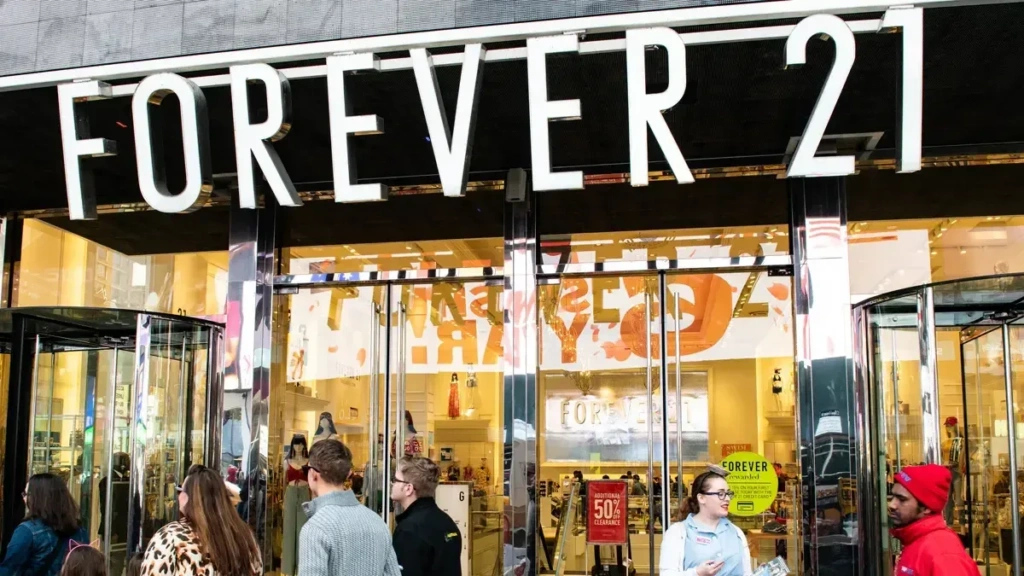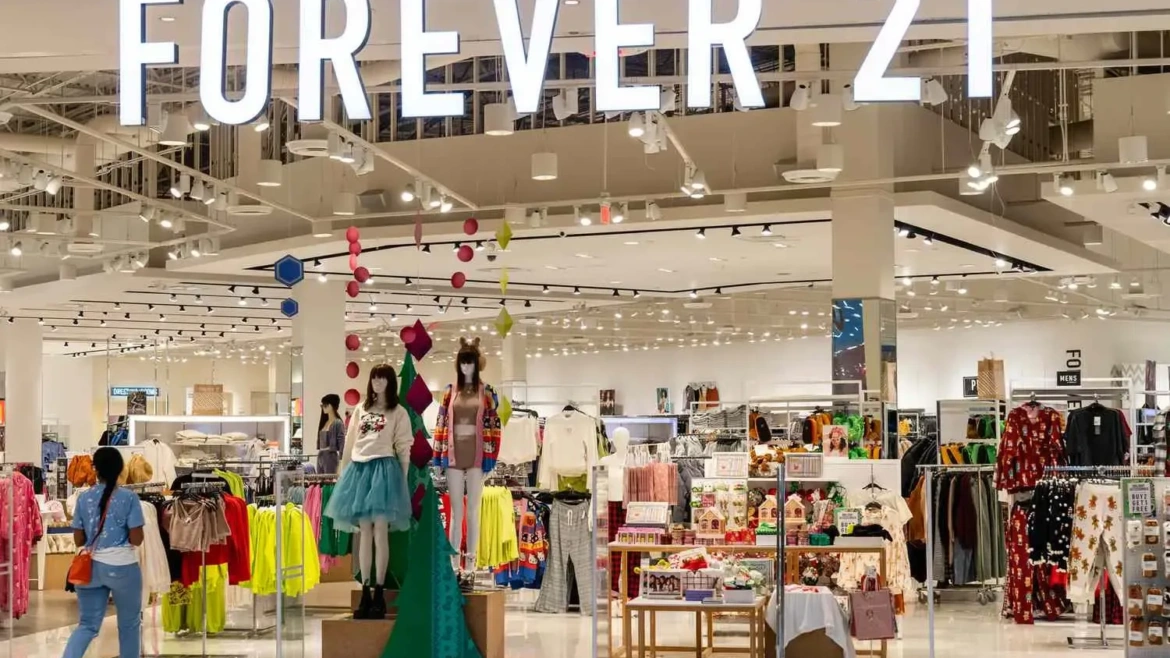The Rise and Fall of a Fast-Fashion Giant
Forever 21 was once young and ready to change the world, one improbably inexpensive top at a time. It helped popularize fast fashion in the 2000s by churning out quick-turnaround knockoffs of runway looks and selling them cheaply in chaotic mall stores. Along with H&M, Zara, and Topshop, it fueled debates over fast fashion’s ecological toll—highlighted by viral videos of textile waste piling up in landfills, even being scaled by goats along Ghana’s shores.
So, is it a victory for sustainability that Forever 21 is bankrupt and closing 350 stores? Has Gen Z finally rejected disposable trends? Surveys suggest that 63% of Gen Z prefer brands aligned with their values, and 72% prioritize sustainability. Yet, despite the environmental devastation caused by fast fashion, particularly in the Global South, the industry isn’t slowing down. Forever 21 didn’t fail because of consumer ethics; it collapsed because it couldn’t compete with even faster fashion.

The Ultra-Fast Fashion Takeover
In its bankruptcy filing, Forever 21 blamed its downfall on online-only competitors Shein and Temu, both rooted in China’s ultra-fast fashion model. The issue isn’t that people don’t want to shop ethically—it’s that sustainable fashion remains unaffordable for most.
Ken Pucker, professor at Tufts University and former COO of Timberland, explains: “It’s pretty compelling to buy a $7 pair of jeans if you’re not rich. To a consumer, there’s no real functional benefit of sustainable fashion—just perhaps a psychic benefit that they’re helping the planet.”
Without regulation, the burden falls on consumers to choose sustainability—but when dopamine hits come from $10 dresses, ethical shopping is a luxury few can afford.
How Forever 21 Changed the Game (Before Losing It)
Founded in 1984 in Los Angeles, Forever 21 thrived on speed and affordability. Traditional retailers took 10 months to move from sketch to store; Forever 21 did it in one month. If Diane von Furstenberg sold a silk dress for $325, Forever 21 offered a near-identical version for $32.
But how? A 2016 U.S. Labor Department investigation found some Forever 21 suppliers paying garment workers as little as $4.50/hour (below California’s $10 minimum wage). Workers sewed labels in basements while the brand faced lawsuits from designers over knockoffs.
Shein: The Algorithm-Driven Fast-Fashion Monster
As Forever 21 struggled, Shein emerged as the new industry leader. Founded in 2008 as SheInside, it used AI algorithms to scan social media for trends, then produced test batches of 100 items to minimize unsold stock. From idea to product took just 10 days.
By 2024, Shein’s revenue hit $38 billion (compared to Forever 21’s peak of $4.4 billion in 2015). But its success came at a cost:
- A 2022 Channel 4 documentary revealed workers laboring 18-hour days for $20/day, with pay docked for mistakes.
- A 2024 Public Eye investigation found similar abuses, and Shein later admitted to child labor in its supply chain.
- Despite having 5,800 suppliers, Shein conducted fewer than 4,000 audits.

The Environmental Cost of Ultra-Fast Fashion
Shein isn’t just exploiting workers—it’s drowning the planet in waste:
- In 2022, it released 1.3 million new styles (Zara: ~35,000).
- Its carbon emissions doubled from 2022 to 2023, reaching 18.4 million tons—more than four coal plants.
- Competitor Temu, launched in 2022, became the most downloaded U.S. app in 2024, pushing even cheaper fashion.
Can Sustainable Fashion Compete?
Luxury brands market sustainability as aspirational:
- Gucci’s “Off the Grid” collection features $1,980 vests made from recycled fishing nets.
- Bode sells upcycled nylon pants for $650.
- Reformation’s dresses cost $150–$300+—still out of reach for many.
Yet 44% of Gen Z buys from Shein monthly, and millennials are Temu’s biggest shoppers. In today’s economy, ultra-fast fashion isn’t just what people want—it’s what they can afford.

The Future of Fashion: Faster or Fairer?
Forever 21’s mall-based model now seems quaint. But as Shein and Temu dominate, the question remains: Can fast fashion ever be ethical? Without systemic change, the cycle of exploitation and waste will only accelerate—leaving consumers, workers, and the planet to pay the price.
